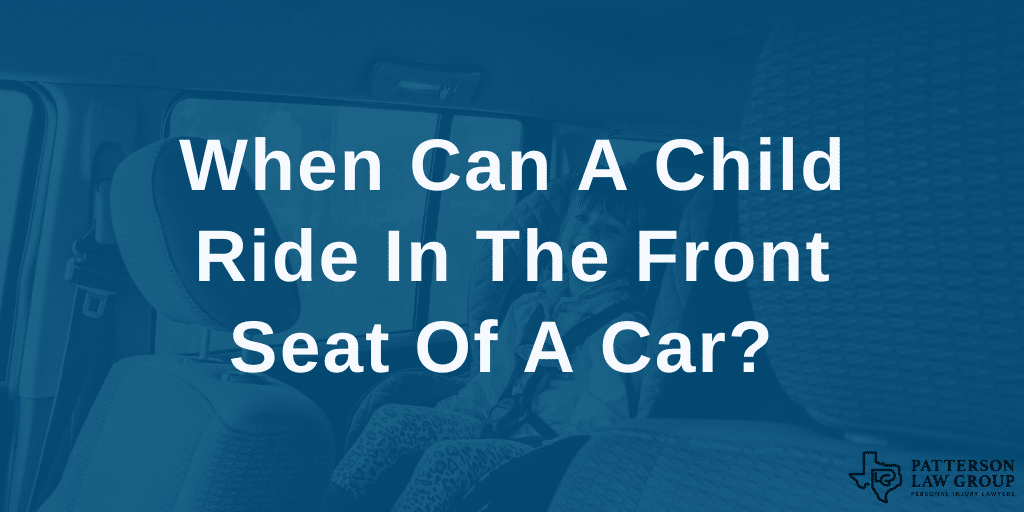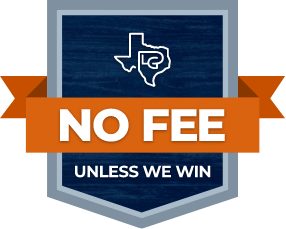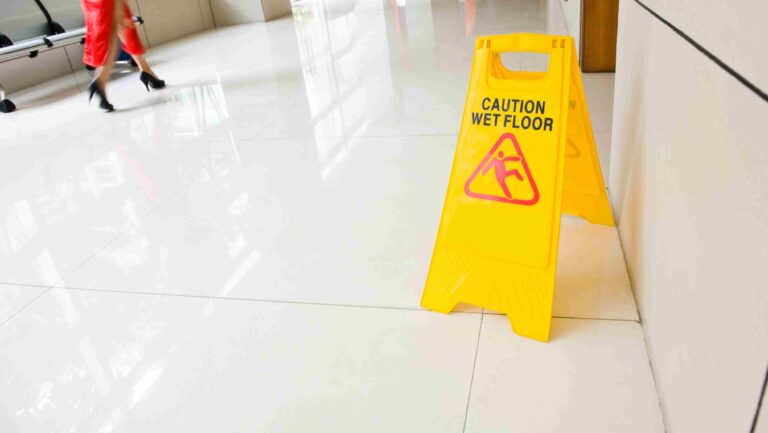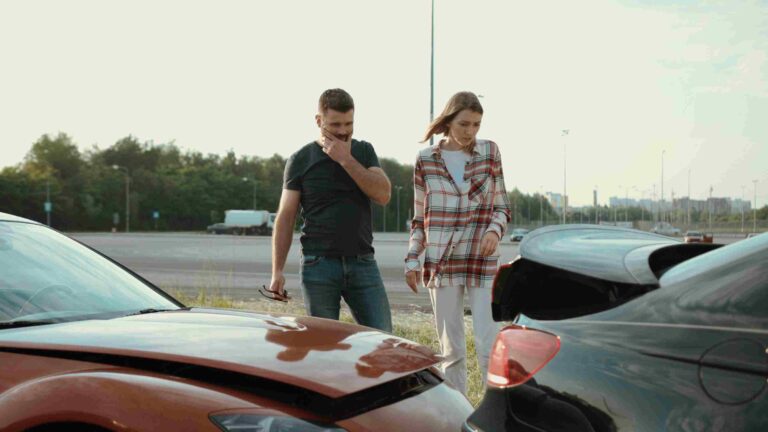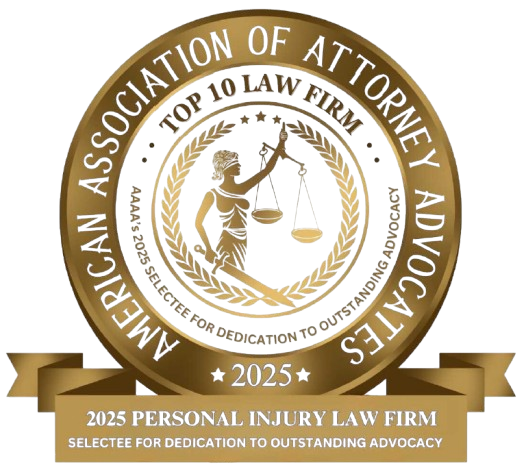A child should only ride in the front seat when they are physically mature enough to be safe. The front seat of the car can be a dangerous place to sit. Many serious car accidents result in impact to the front of a car, whether as a head-on collision or a sideswipe. The front seat is also fitted with airbags, which can be dangerous for small bodies.
As an adult, you want to be careful to take care of your children and keep them in the back seat of the car until they are ready to ride in the front. There are a few rules and guidelines that will help you keep your children safe when they are still small and developing.
In this article, we’ll explain when a child can ride in the front seat and how to keep them safest no matter where they are.
How Old Do You Have To Be To Ride In The Front Seat?
In most states, children need to be at least 13 years old to ride safely in the front seat. According to the CDC, tens of thousands of children are injured in car accidents each year, and at least 636 died in 2018.
Children should always be properly buckled and should use a car seat until they are big enough to ride securely without one. 13 is the generally recommended age for children to ride safely in the front, though that age may differ depending on a child’s size and weight.
Texas Child Safety Laws And Guidelines
There are plenty of basic guidelines to help keep children safe in vehicles. The common rule is that children should be secured with a seatbelt that fits snugly so there is no chance of them coming out if there is an accident. Children must use car seats or booster seats until they can fit well in a seat belt without one.
Here are the basic guidelines for children aged 12 and under in Texas:
- Children must ride in a car seat or booster seat.
- Children two years old and younger should sit in a rear-facing car seat. If they exceed the height and weight indicated by the car seat’s manufacturer, they may be able to ride in a forward-facing seat earlier.
- Children two years and older should ride in a forward-facing car seat with a harness for as long as possible based on their weight and height.
- Children too big for a forward-facing seat, usually four to eight, should ride in a belt-positioning booster seat. They should remain in this seat until they are big enough to fit safely in a normal car seat, usually until they reach at least 4’ 9” and are between eight and 12.
These rules are intended to protect children from any serious injury in a car accident. All car seats must be federally approved and the driver of a car can be held liable for any injury to a child improperly buckled in.
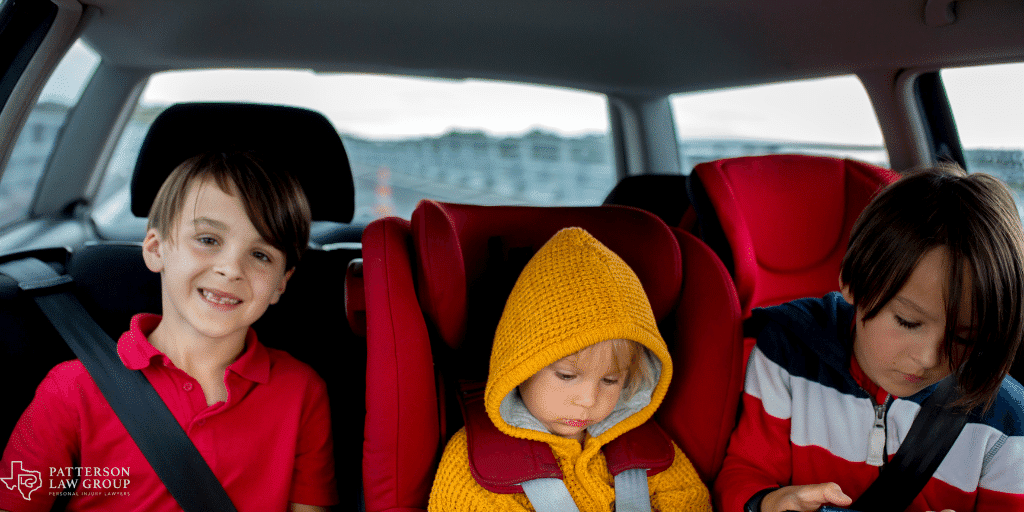
Seats And Safety Devices For Kids In Cars
There are several types of seats and safety devices that should be used to protect kids riding in cars. The most commonly used devices include:
- Rear-facing car seats. These seats are designed to enclose an infant and include a built-in seat belt or harness. The sides of the car seat are high to keep an infant’s head safe in the case of an accident. These seats are buckled in to the car and always face the rear.
- Front-facing car seats. These seats are generally designed the same as rear-facing seats. Some car seats even come with the option to reverse from rear-facing to front-facing. However, children will face the front as their legs get longer and they need more space.
- Belt-positioning booster seats. These seats are designed to boost children’s height so the car seat belt fits more snugly around their waist. The seats are usually just a chair with armrests and are buckled with a child into the car.
- Other safety devices. Car seats are the most important part of ensuring a child’s security in a car. But there are other devices that provide protection, such as alarms to prevent adults leaving children in hot cars and extra cushions.
These seats and safety devices should be used every time to make ensure children are safe when riding in a vehicle.
Common Injuries To Children In Auto Accidents
Auto accidents are dangerous for everyone, but children are more susceptible to certain types of injuries because of their position in the car and their smaller bodies. The most common injuries children in auto accidents may face include:
- Head and neck injuries, such as whiplash, concussions, contusions, and fractures.
- Abdominal injuries from a car seat, usually resulting from a seat not being buckled in properly or breaking during impact.
- Glass injuries from broken windows.
- Chest injuries, including broken ribs or internal damage, from tightening seat belts or impact with other seats.
- Emotional trauma and distress, including PTSD, resulting from the frightening accident experience.
Children may experience other injuries as well, including disabling injuries if an accident was particularly violent. It is important that children are well-buckled and have plenty of cushioning around them to avoid serious injuries in car accidents.
Contact a Fort Worth, Texas Children Personal Injury Lawyer Today
If your child has been injured in a car accident, you need help. Dealing with recovery after an accident is always difficult, but with children, the pain and suffering is only increased. We want to do everything we can to support your family as you start the recovery process. We will help you find and receive the medical help you need and do what we can to get you back on your feet.
If you’re suffering after an accident and would like to pursue a personal injury claim, don’t hesitate to reach out to our office today. Our lawyers are standing by. We want to help you and your child get the justice you deserve so you can heal as quickly as possible.


